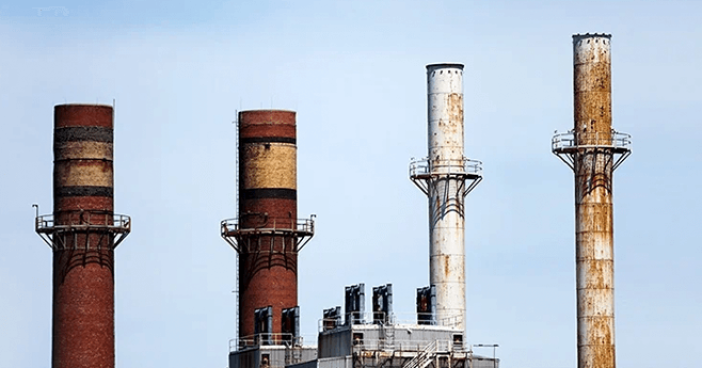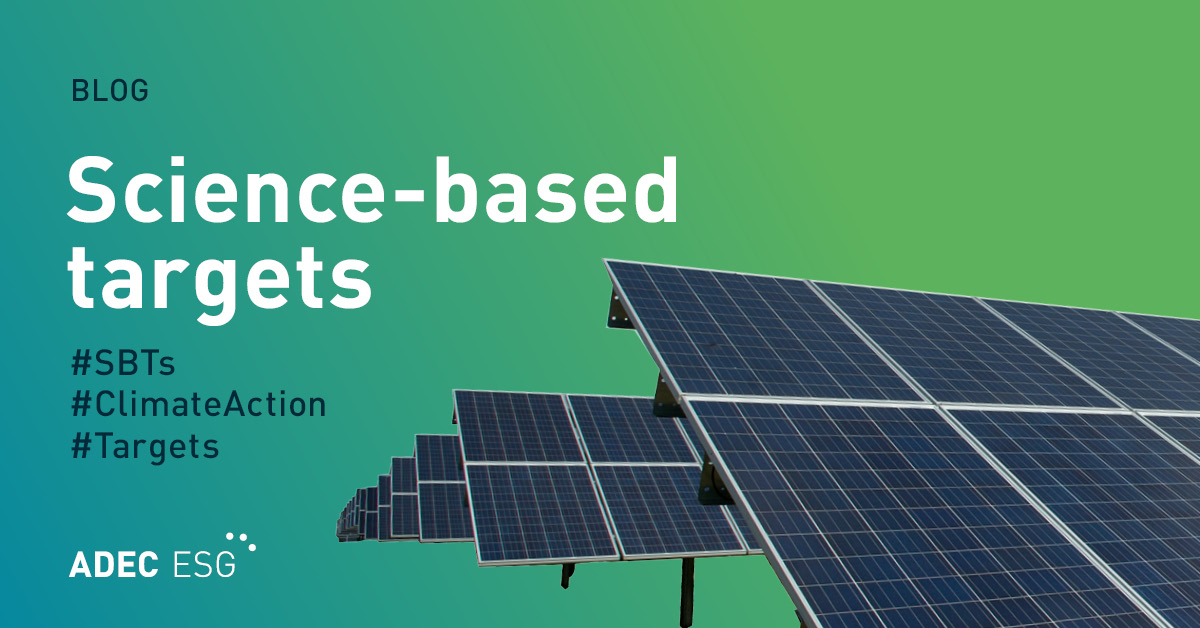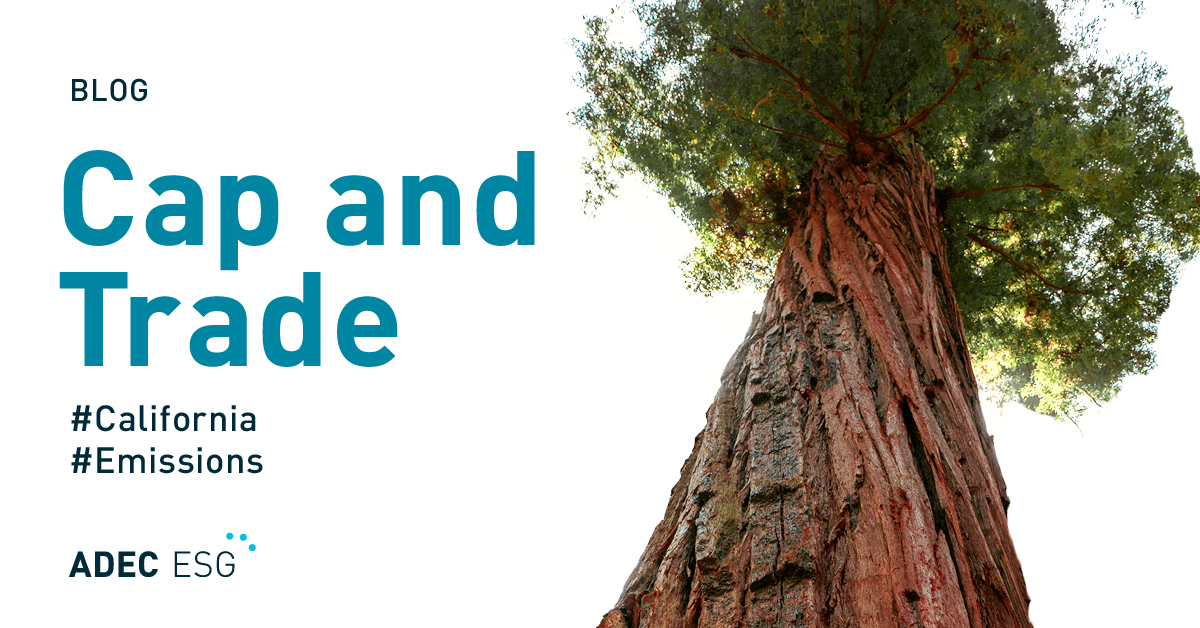Like previous politicians riding on voters’ anger, the rhetoric is replaced by bluster once elected because the revenue stream is too vital to be terminated. This happened in the First World War when the Canadian government implemented a temporary tax on income, and more recently the reviled Goods and Services Tax (GST). Both are alive and well today, decades after their initial implementations. Lessons learned from the past are transparency and communication, and so far the Ontario government is doing that with the CT program, with good results in reducing GHG emissions. But, let’s take a closer look.
How successful was the enrollment in the CT program?
Surprisingly, 100% of the capped mandatory participants, those facilities that emit more than 25,000 metric tonnes of greenhouse gas (GHG) emissions, have registered in the CT program. This was a condition to receive their free emissions allowances. This was the government’s strategy to address leakage, or companies closing their Ontario facilities and moving them to jurisdictions with low environmental standards. It looks like the strategy worked.
There are many global companies in Ontario that have to compete with their competitors, but also with other locations within the company itself. The Ontario facilities are using the allowances as an opportunity to improve their competitiveness that otherwise would not be available to them.
Another indication of success is that industry competitors are working together using CT allowances to adopt new technologies that reduce energy costs.
Did companies voluntarily join the CT program?
The government was surprised by the significant number of voluntary participants in the CT program, but this makes sense. Facilities that emit more than 10,000 or more metric tonnes of GHG emissions could voluntarily participate in the CT program subject to the same compliance requirements as capped mandatory participants. This is a small price to pay in order to get the free allowances for 4 years. Several of the mandatory participants have also registered their smaller facilities to take advantage of the free allowances.
Non-industry facilities are registering as voluntary participants to get the free allowances to offset the CT charges in their consumption of electricity and heating. The free allowances is free money available for 4 years to modernize their operations.
What is the value of the free allowances?
In the first Ontario auction, the price per tonne was CAD$18.08, which means 25,000 tonnes is worth $452,000, and 10,000 tonnes is worth $180,000. Allowances are financial instruments like commodities, and are fungible. Although the price of GHG emissions are purely market-driven, and are subject to fluctuations like oil, gold, and other commodities, from what I’ve heard from various industry experts, the price of GHG emissions will be higher in 4 years’ time than what they are today at the end of the first compliance period in 2020. They are a potential windfall.
What about the angry voters?
There will always be angry voters, but the groundswell didn’t materialize in January 2017, when electricity, heating, and gas distribution companies added the CT charge (not a carbon tax) to their consumers’ bills. The anticipated backlash did not materialize. Companies were prepared with extra staff on hand to respond to irate customers, but it was a non-event.
As more people are experiencing first-hand the effects of extreme weather conditions caused by rising GHG emissions from droughts, wildfires, flooding, hurricanes, power outages, and other environmental events that affect their homes, they are turning to governments to bail them out, or do something to mitigate the effects of climate change. Governments can only act if they have the policies, and the money to do so.
The current rapid loss of ancient ice due to the Arctic region warming up twice as fast as the rest of the planet is resulting in the Arctic Ocean being mostly ice-free in the summer, and having no winter ice, which is unthinkable. This means the likely extinction of the iconic polar bear due to habitat loss (polar ice). These are just a couple examples of how quickly the climate is changing in unforeseen ways. The CT charge is a small price to pay for us, and future generations.
The CT program is complicated, but so far the Ontario government has done a pretty good job at communicating and implementing it. It is an exciting time to participate in adopting the technology and the means to do things better while reducing GHG emissions. It is a cultural change that will pick up speed as the benefits become clearer.
The views and opinions expressed is this article are solely those of the original author. These views and opinions do not necessarily represent those of ADEC Innovations, and/or any/all contributors to this site.
ADEC Innovations helps you get beyond manual processes and spreadsheet-based tools to help you collect all the data necessary, including your indirect emissions, and to accurately inventory and manage carbon for greater profitability and sustainability. For more information about our disclosure solutions, please click here.




